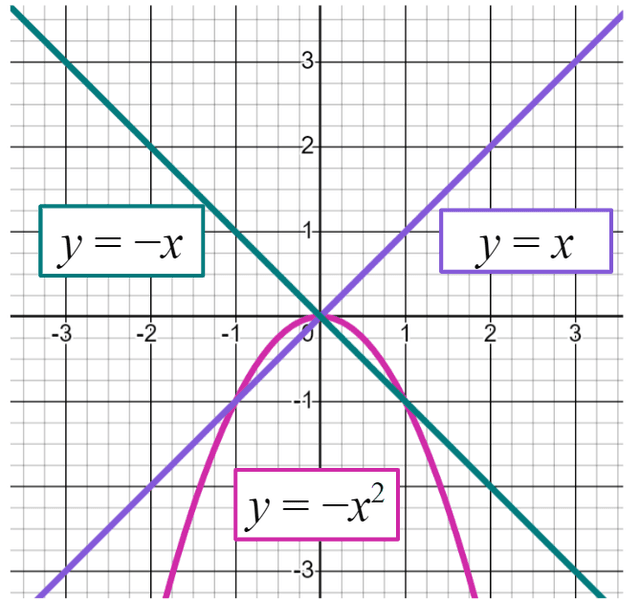Myths about teaching can hold you back


- Year 11•
- Higher


- Year 11•
- Higher
Multiple approaches to logical arguments
I can construct a logical argument.
These resources will be removed by end of Summer Term 2025.
Switch to our new teaching resources now - designed by teachers and leading subject experts, and tested in classrooms.
These resources were created for remote use during the pandemic and are not designed for classroom teaching.
Lesson details
Key learning points
- A logical argument does not have to only be algebraic.
- Geometrical reasoning can be used to argue that something is true.
- Values can be used to demonstrate whether something is true.
Keywords
Apex - The apex is the point (vertex) which is the greatest perpendicular distance from the base.
Congruent - If one shape can fit exactly on top of another using rotation, reflection or translation, then the shapes are congruent.
Hypotenuse - The hypotenuse is the side of a right-angle triangle which is opposite the right angle.
Common misconception
Proofs have to be solely algebraic and do not involve diagrams.
Proofs involve showing that a conjecture holds for multiple cases (general case). A diagram can represent multiple cases.
To help you plan your year 11 maths lesson on: Multiple approaches to logical arguments, download all teaching resources for free and adapt to suit your pupils' needs...
To help you plan your year 11 maths lesson on: Multiple approaches to logical arguments, download all teaching resources for free and adapt to suit your pupils' needs.
The starter quiz will activate and check your pupils' prior knowledge, with versions available both with and without answers in PDF format.
We use learning cycles to break down learning into key concepts or ideas linked to the learning outcome. Each learning cycle features explanations with checks for understanding and practice tasks with feedback. All of this is found in our slide decks, ready for you to download and edit. The practice tasks are also available as printable worksheets and some lessons have additional materials with extra material you might need for teaching the lesson.
The assessment exit quiz will test your pupils' understanding of the key learning points.
Our video is a tool for planning, showing how other teachers might teach the lesson, offering helpful tips, modelled explanations and inspiration for your own delivery in the classroom. Plus, you can set it as homework or revision for pupils and keep their learning on track by sharing an online pupil version of this lesson.
Explore more key stage 4 maths lessons from the Functions and proof unit, dive into the full secondary maths curriculum, or learn more about lesson planning.

Licence
Prior knowledge starter quiz
6 Questions
Q1.If one shape can fit exactly on top of another using rotation, reflection or translation they are __________.
Q2.The interior angles of any pentagon sum to °.
Q3.The diagram shows two parallel lines and a transversal. Which angle is the alternate angle to $$a$$?

Q4.The diagram shows two parallel lines and a transversal. Which angle is the corresponding angle to $$a$$?

Q5.Use the diagram to match the lines to their equations.
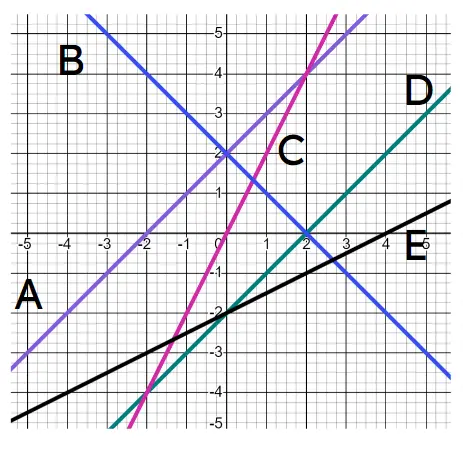
A (purple) -
$$y=x+2$$
B (blue) -
$$y=-x+2$$
C (pink) -
$$y=2x$$
D (green) -
$$y=x-2$$
E (black) -
$$y={1\over2}x-2$$
Q6.Use the diagram to match the curves to their equations.
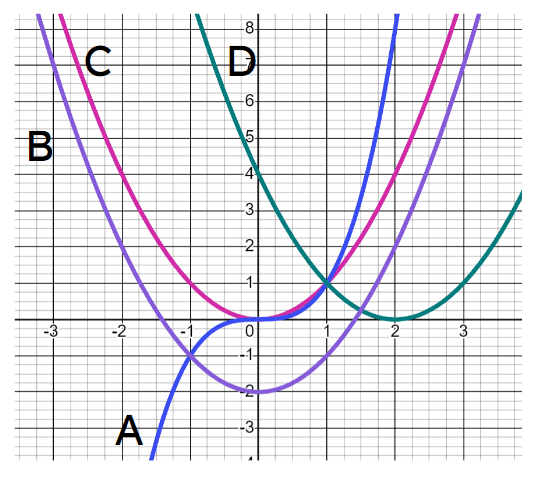
A (blue) -
$$y = x^3$$
B (purple) -
$$y= x^2 - 2$$
C (pink) -
$$y = x^2$$
D (green) -
$$y = (x-2)^2$$
Assessment exit quiz
6 Questions
Q1.What is the next step for the proof of the circle theorem "The angle in a semicircle is a right angle"?
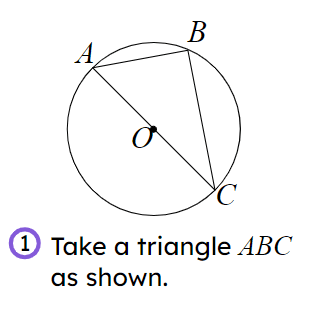
Q2.What is the next step for the proof that "The sum of the interior angles in any polygon is $$180(n − 2)$$ where $$n$$ is the number of sides" ?
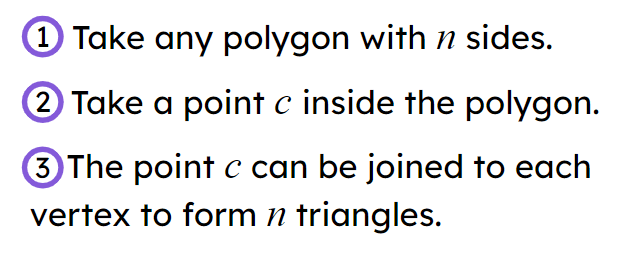
Q3.Arrange the steps of this proof in order to show that "The tangents to a circle from an external point are equal in length".
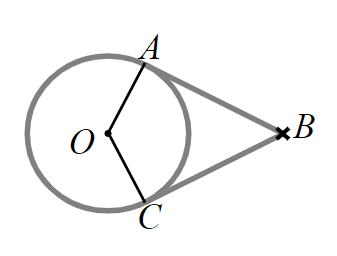
Q4.Which of these values of $$x$$ are counterexamples to the conjecture "For all values of $$x, (x-3)^2 > x-3$$"?
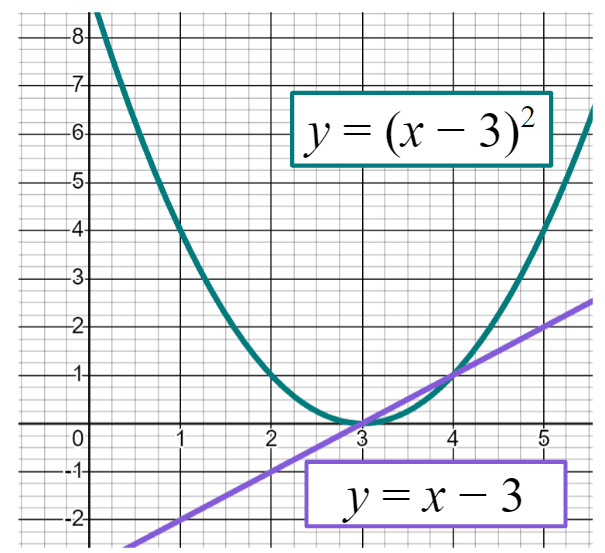
Q5.Which of these best describes all the counterexamples to the conjecture "For all values of $$x, 2x > x-2$$"?
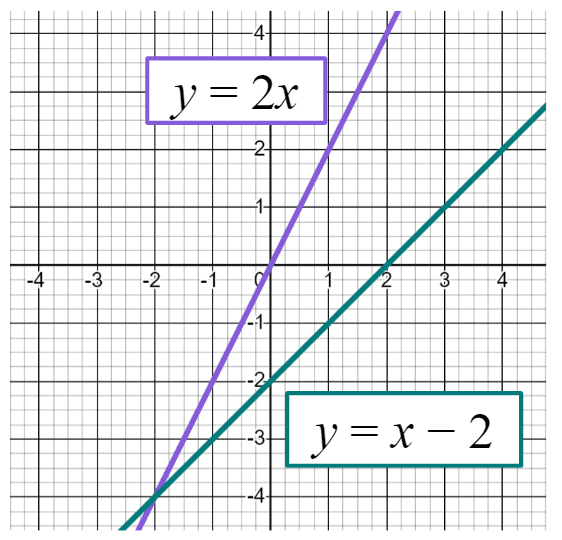
Q6.Use the graphs to decide which of these conjectures are true.
